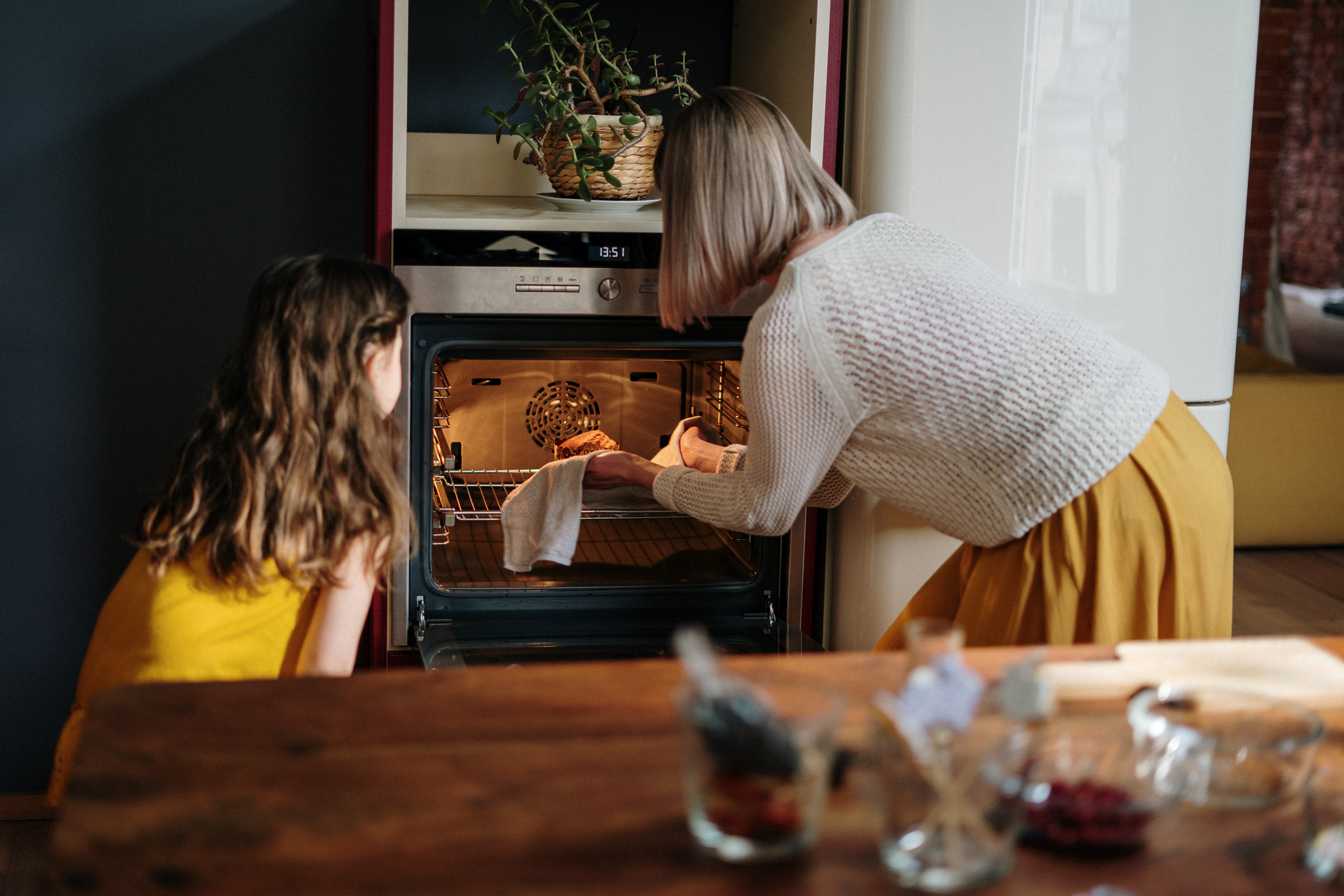Appliance Maintenance Tips to Keep Them Running Like New
Save Money with These Appliance Maintenance Tips
Appliances are the vital organs of your kitchen. Without them, cooking meals at home would be next to impossible. Large items like your refrigerator, stove, dishwasher and the microwave cost a great deal of money. Considering how much you rely on these large pieces of equipment, it’s important to keep them running as efficiently as possible. Performing some routine maintenance will save you thousands of dollars in the years to come. Learn how to make the most of your kitchen appliances with these DIY maintenance tips.
Using Your Refrigerator Wisely
Most people tend to neglect the interior of their refrigerator, but all of those crusty containers of food are forcing your refrigerator to work overtime. It’s time to throw out the Chinese takeout that’s been sitting at the back of your fridge for months on end. Using drawers and shelf space wisely is one of the easiest ways to improve efficiency. Try not to overload your fridge either. The more food you add, the harder your fridge has to work every second of the day. Think of your fridge as a human being. Just like an obese person that’s at risk of heart failure, the cooling system in your fridge won’t last forever. Help your fridge drop a few pounds and clean out the interior regularly.
Keep Power Cords Tidy
The idea of inspecting the power cables on your appliances might sound frightening. The area behind your fridge or the stove probably hasn’t seen the light of day in over a decade. But cords tend to get bogged down by dust, dirt and all kinds of debris, making it that much harder for electricity to go from point A to point B. Take a deep breath and get behind those large-ticket items and start cleaning. Take a moist cloth and run it over the power cord on your refrigerator, microwave, washer and dryer, and the stove.
Lighten the Load for Your Dishwasher
You might be amazed with your dishwasher’s ability to gobble up and dispose of large bits of food, but your dishwasher doesn’t have the same rip-roaring power as your garbage disposal. Those hearty chunks of food will take a toll on your dishwasher overtime. Bits of food will jam the system in all sorts of places, leading to frequent clogs and poor drainage. Do your automatic dishwasher a favor and take a few seconds to rinse off your unwanted food in the sink. Your garbage disposal is much better equipped to take on those large chunks of food.
Address Spills and Messes Immediately
So your frozen pizza spilled some cheese on the oven floor. What’s the big deal? If you don’t clean up all of those splats and stains, your oven, microwave, or toaster oven will reheat those leftover pieces of food every time you need to cook something. For efficiency’s sake, wipe down the interior of your appliances on a regular basis. If you notice bits of sauce, a stray onion, or a clump of cheese sizzling on the oven floor, you might as well clean it up now instead of waiting until it’s black and crusted over.
If you’re having trouble with one of your appliances, contact Absolute Appliances Repair for fast, reliable in-home service today!


